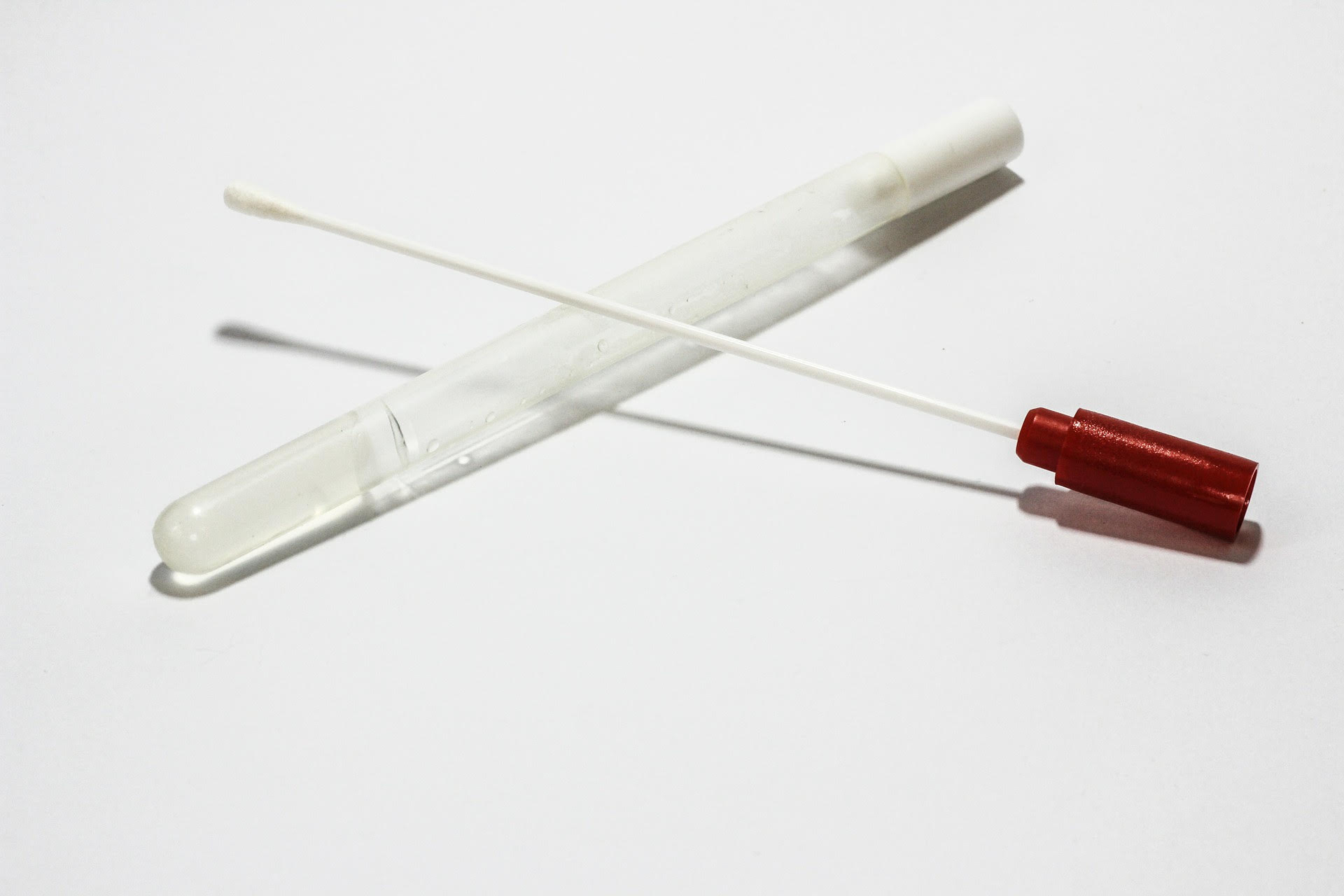Colonization by community-acquired methicillin- resistant Staphylococcus aureus
Abstract
Introduction: Colonization by community-acquired methicillin-resistant Staphylococcus aureus has been on the rise since its appearance. The objective of this study was to estimate the prevalence of colonization by community-acquired methicillin-resistant staphylococcus aureus in soldiers, determine the predisposing factors and know the dynamics of colonization during coexistence.
Materials and methods: descriptive, cross-sectional study. A sample of the incoming soldiers in a military establishment was included. A nasal swab was taken and, in case of isolation of Staphylococcus aureus, the frequency of the resistant meticillin strain in the community was determined. A survey was made on possible predisposing factors for colonization by this germ. After 6 months of cohabitation, a new swab was performed and the change in prevalence and colonization dynamics was analyzed.
Results: 346 soldiers from different provinces of the country were included. The initial prevalence of soldiers colonized by community-acquired methicillin-resistant was 7.8%, and after 6 months, 9.5% (21.8% increase). The factors associated with SAMR-AC colonization were the antecedent of a household members with forunculosis (p=0.02), history of forunculosis (p=0.04) and the antecedent of forunculosis in a non-cohabiting first-degree relative (p=0.03). Persistence of colonization was found in 79% of the initial group.
Conclusion: a prevalence of 7.8% community methicillin resistant Staphylococcus aureus colonization was observed, superior to that found in the majority of published studies.
Downloads






